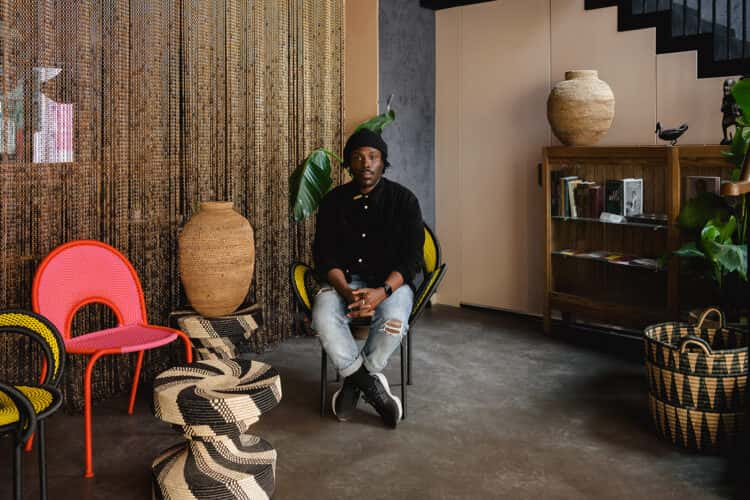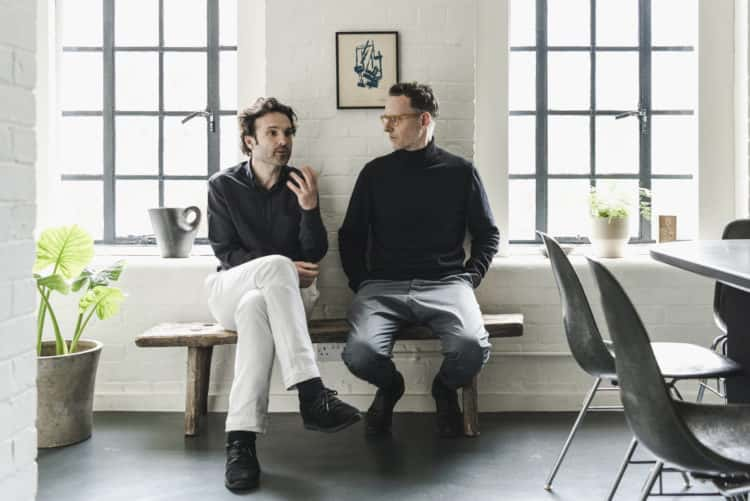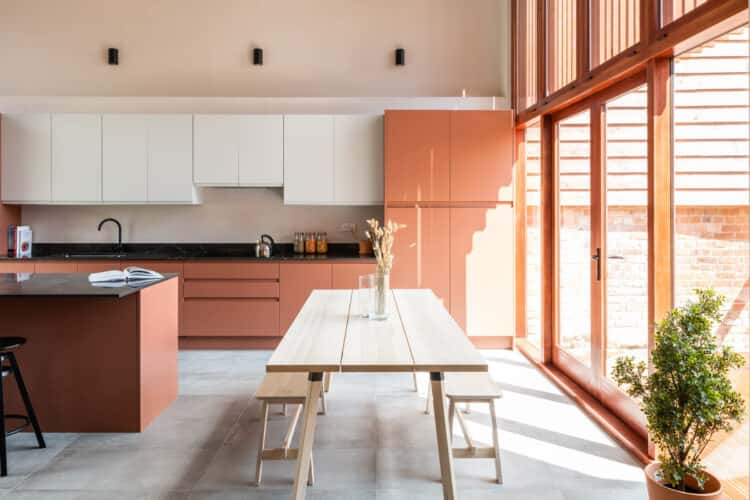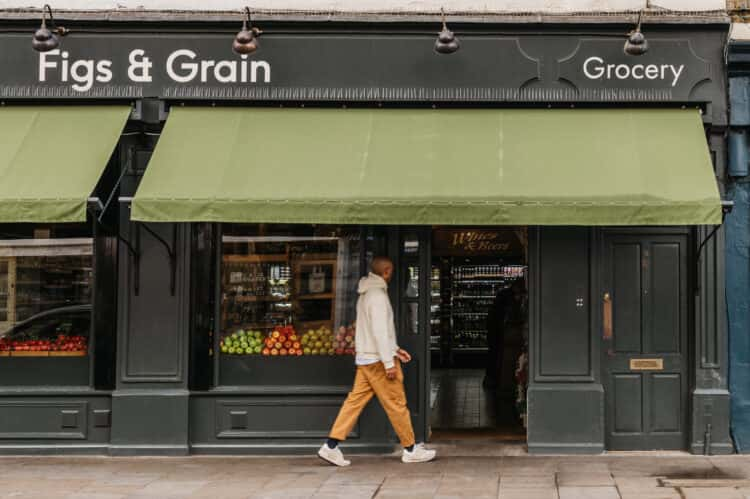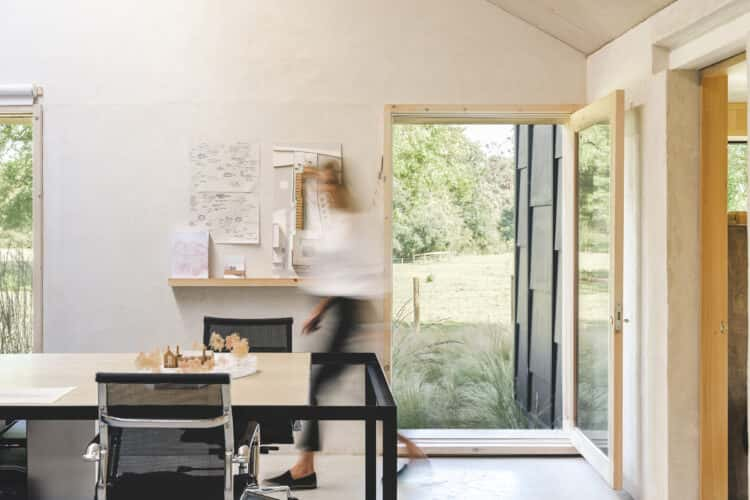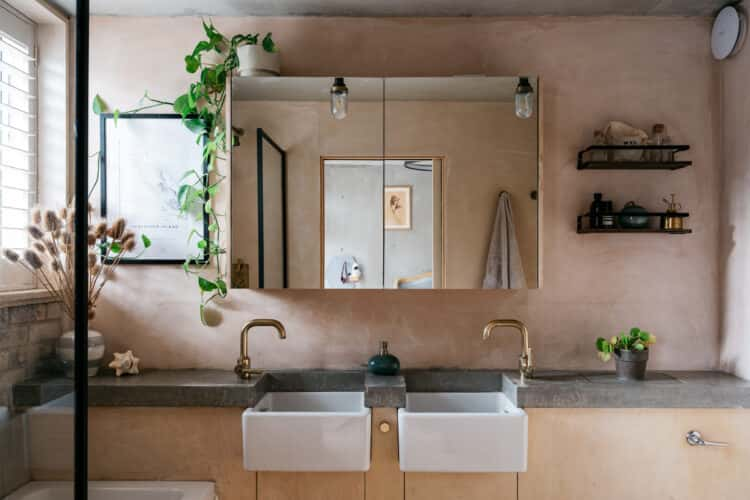How to grow a green garden: from creating compost to planting produce
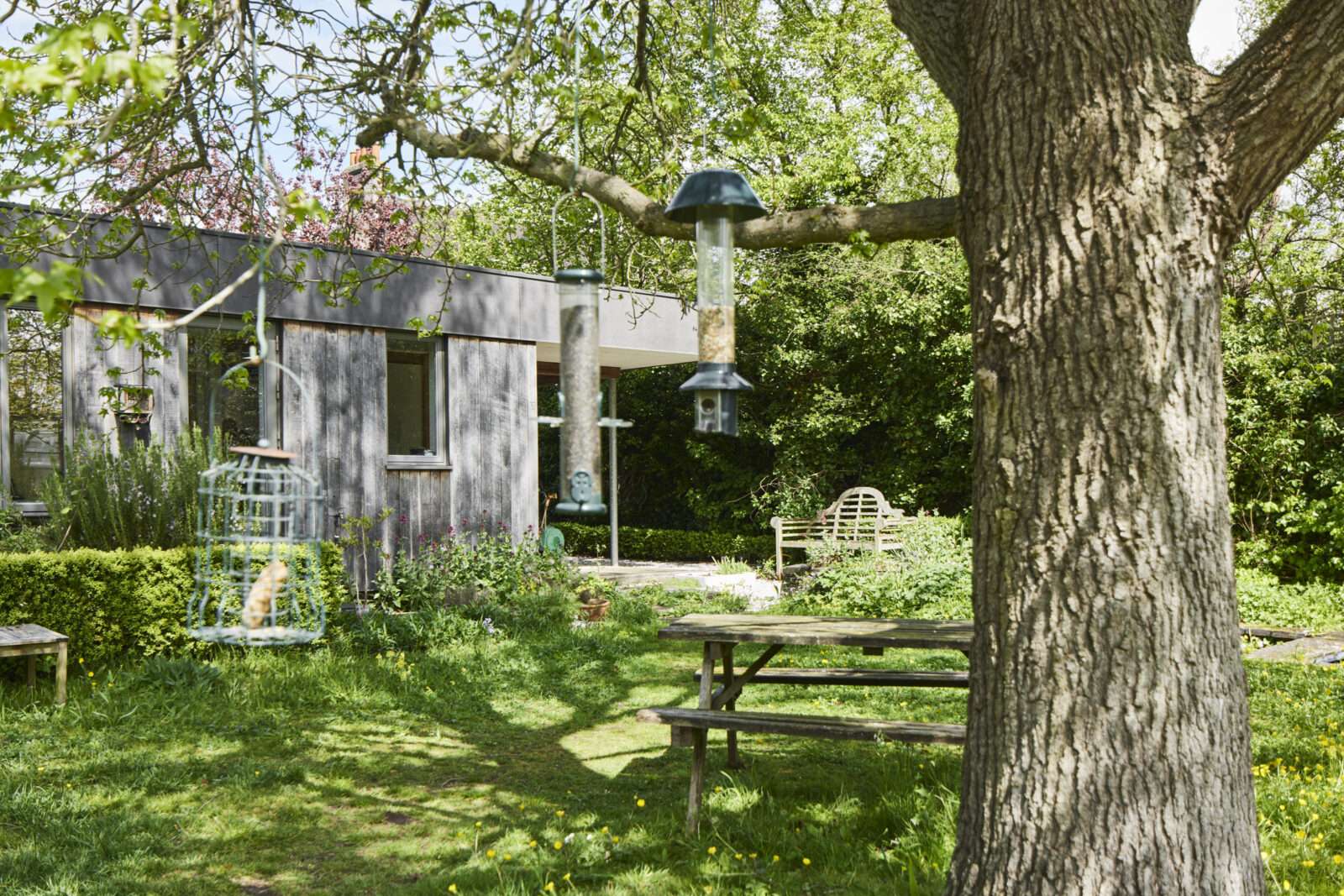
“We can all feel paralysed by the environmental crisis, but one of the easiest ways to behave in a more climate-conscious way is with your own little patch of green,” says organic grower Camila Romain, who founded Wolves Lane Flower Company with Marianne Mogendorff. Having recently released their book, How to Grow the Flowers: a Sustainable Approach to Enjoying Flowers Through the Seasons, the duo are experts in the field of mindful cultivation. “Bizarrely, there are still a lot of unsustainable practices in gardening, from pesticide use to peat-based compost,” Camila continues. “As people, we’re just temporary custodians of any space we tend. By gardening sustainably, we are setting future generations up for success by nurturing the soil and the environment.”
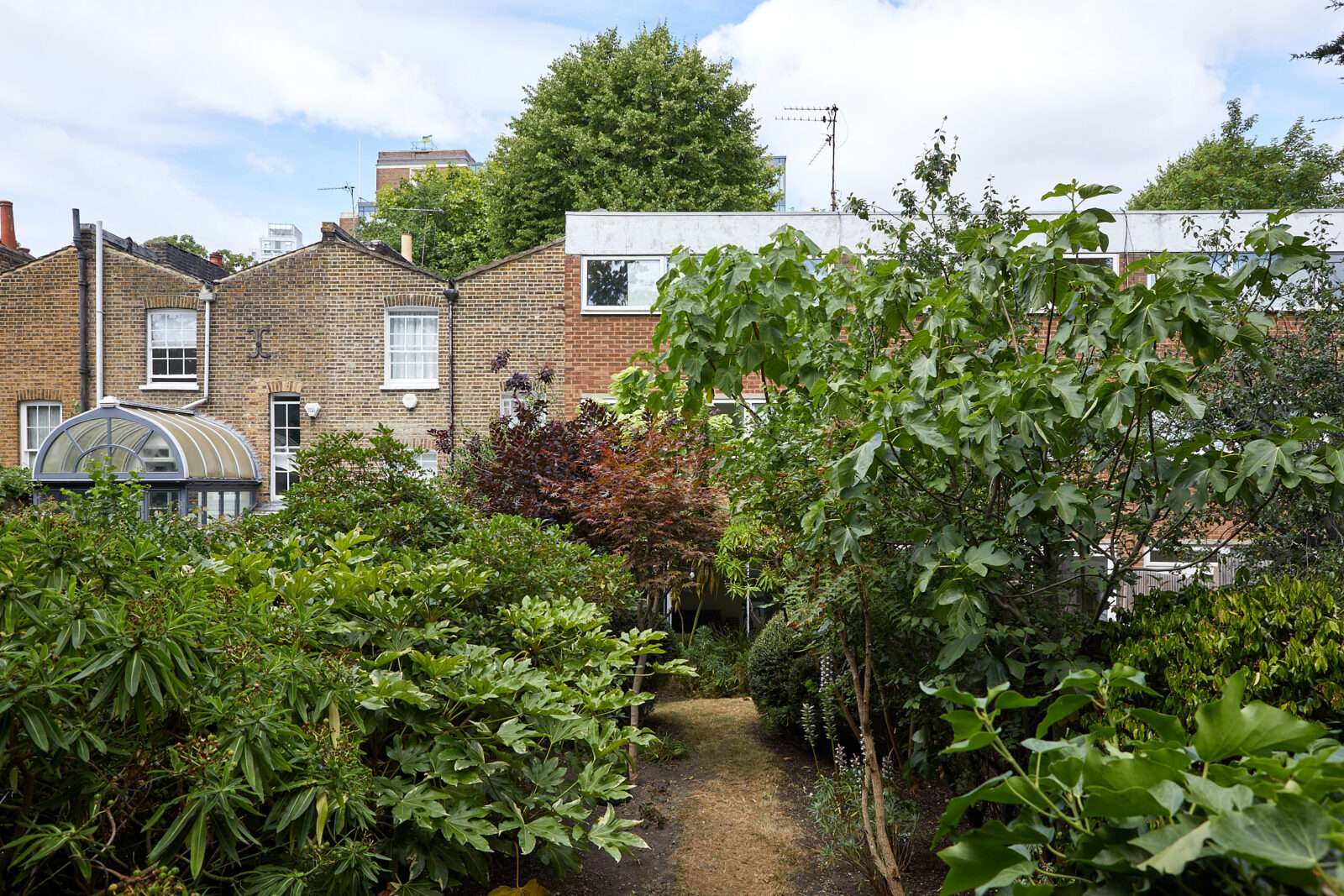
But what does a sustainable garden look like? “To those accustomed to neatly mown lawns and perfectly manicured borders, it would probably look untidy!” says florist and grower Jess Blume, one-third of SSAW Collective, the ethical events company specialising in food and flowers, which she runs with gardener Olivia Wilson and chef Lulu Cox. “It would have a thriving mix of diverse plants that create the perfect home for wildlife, and a balanced ecosystem that nourishes the soil,” she continues. “There would be plenty of noise from the buzzing of insect activity – and there’d always be something to snack on.” Camila paints a similar picture: “It would have a few weeds, pollinator-friendly flowers, a compost heap and, if there was a lawn, there would be a tall grassy patch. And a pond if there’s space!”
It sounds pretty idyllic – but if you’re reading this and you don’t have a lush private garden, don’t fret. “You can also plant in containers, which I used to do on my old London canal boat,” says organic food grower Poppy Okotcha, who has since relocated to Devon. “Just make sure the pots are as big as possible – the more soil in there, the less watering you’ll have to do.” Pots and planters sit pretty on windowsills too, so are ideal for city dwellers with limited space. Alternatively, community gardens are brilliant places to access space and information. “Often, you’ll be growing alongside people who are experienced or inquisitive, so you can support each other,” Poppy continues. “There’s also a network called Lend and Tend. If you have a garden you’re not growing in, you’ll get matched with someone who wants to come and grow for you.”
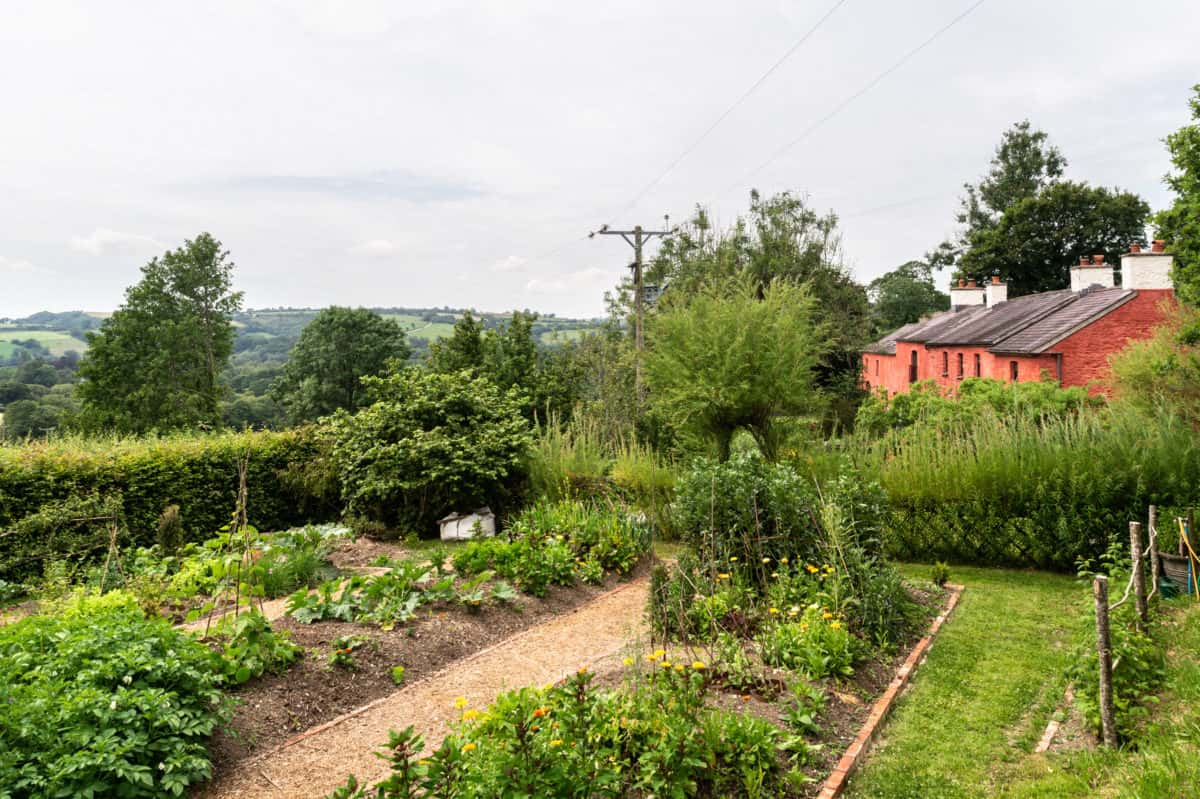
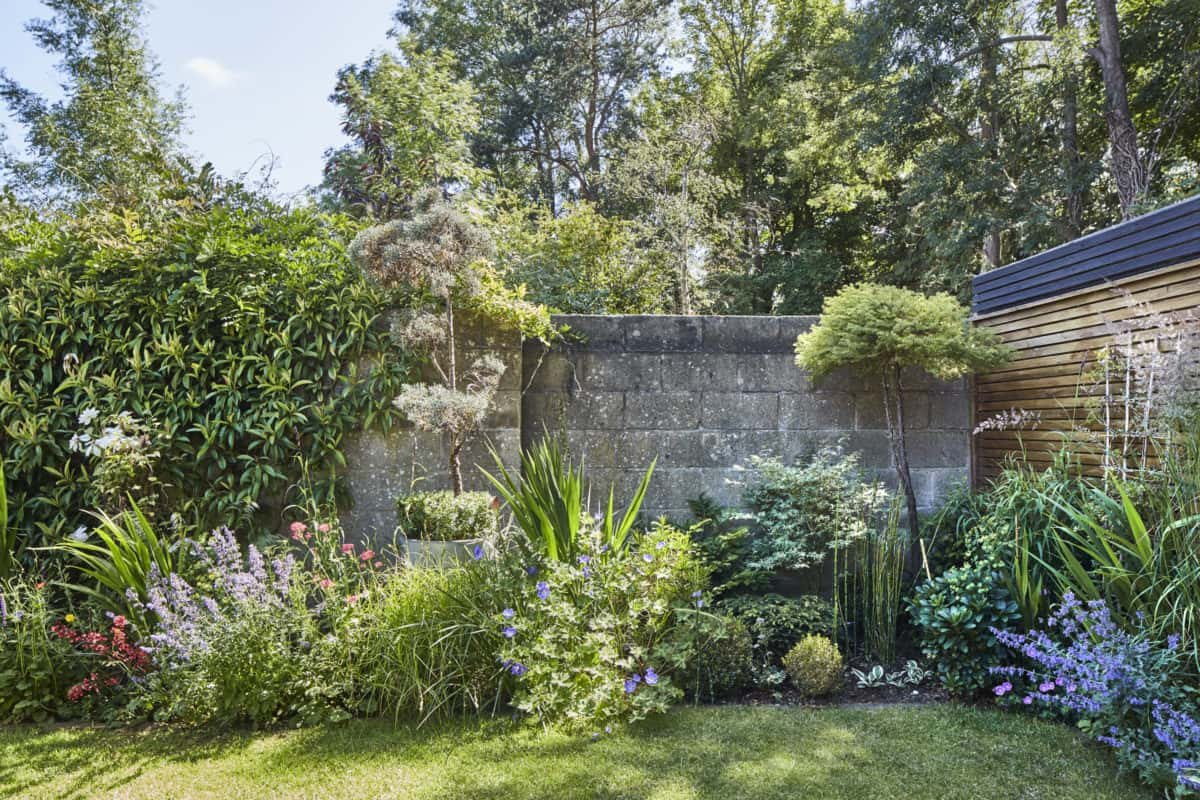
When it comes to growing, then, where to begin? We’ve asked the green-thumbed experts from our community to share their top tips on growing a glorious garden that does equal good for the people using it and the planet. Now get set, grow!
Start with soil
“Think of soil as the earth’s skin,” says Jess. “All life is essentially dependent on its productivity and health.” One way to guarantee happy soil is to grow perennial plants, such as hydrangeas, foxgloves and peonies, which live for several seasons and require minimal maintenance. “They help to build a soil structure with resilience because they establish strong root systems. This means they distribute water and vital nutrients, such as nitrogen, to other plants with shallow roots,” she explains. “Furthermore, as perennials often leave debris as they die back, they create a natural blanket for the soil in harsher months, proventing soil erosion and retaining moisture.”
Another bright idea for beautiful soil is to adopt the no-dig method of gardening, says Camila. “This is when soil is disturbed as little as possible to keep carbon locked in.” Invasive plants, for instance, are controlled via mulching, hand-weeding and shallow hoeing rather than digging, which disrupts the earth’s ecosystem and can bring hidden weeds to the surface. “It’s better for the soil and all the microscopic relationships that operate within it to make it a healthy and viable growing medium.” The no-dig approach has also proven to be particularly popular with organic food growers (Poppy is a fan), as veggies grow bigger and better than they do in disturbed soil. It’s also a brilliant option for amateur gardeners and those who don’t have hours on hand to spend with a spade or trowel.
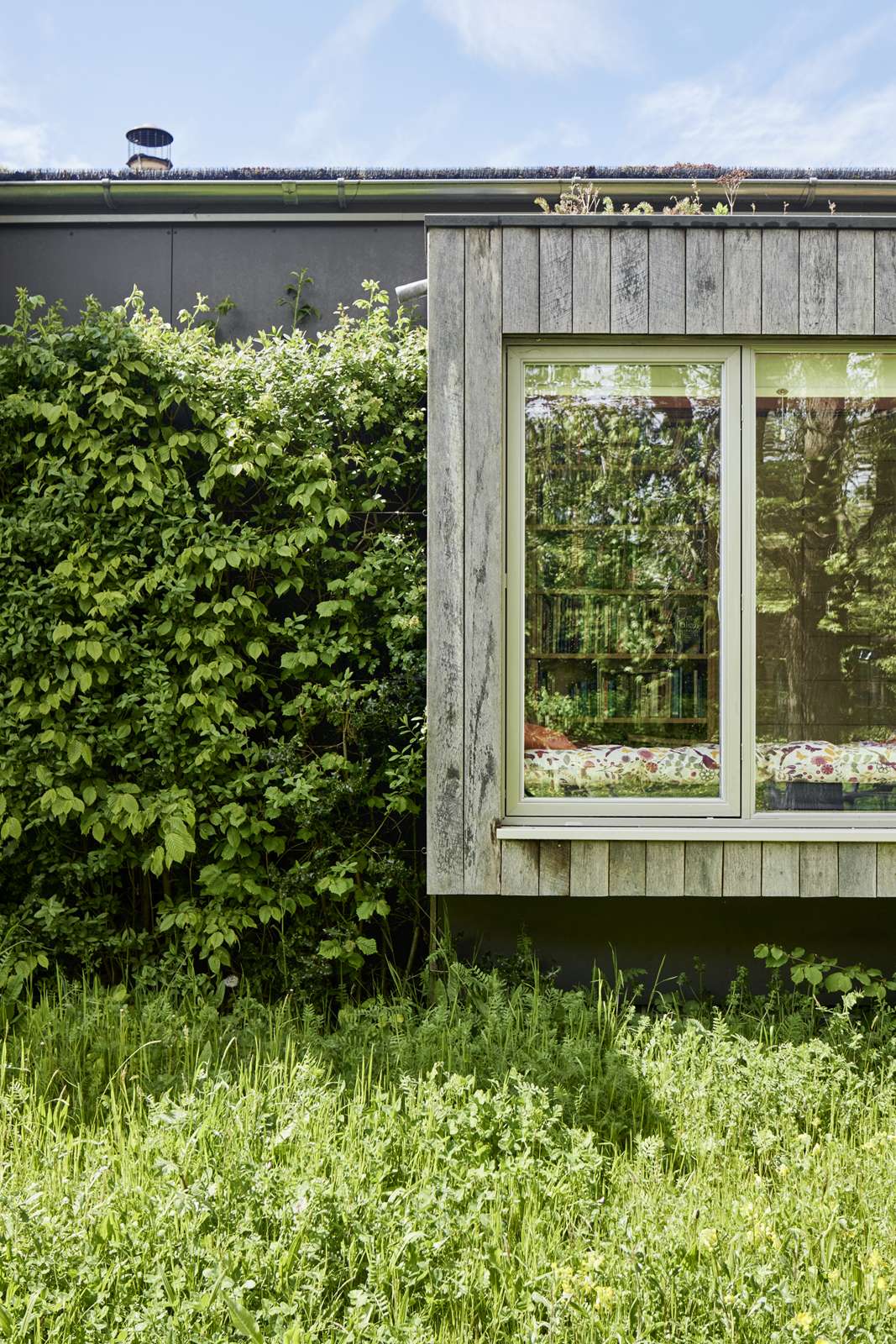

Create your own compost
“Soil and plants will be healthier and happier with a good mulch of homemade compost once a year,” says Camila. And good news: it’s incredibly easy and affordable to make your own. “Not even the most organic, peat-free expensive variety can compare to the rich, wormy black gold you can create yourself,” she continues. And you don’t even need a garden to get started. “There are great solutions that suit all set-ups and budgets,” says Jess. All that’s required is a sunny windowsill and a lidded container that’s big enough to hold a few days’ worths of food scraps. (There are many inexpensive varieties available online too.) Plus, “having a compost heap reduces your household waste and emissions too,” adds Camila.
One gardener chronicling his own compost journey on Instagram is Alfie Nickerson. As the brains behind the subscription service Burnt Fen Flowers, he champions British flowers from his farm in the Norfolk Broads, where the soil is naturally rich in nutrients. As he points out, patience is key. “Don’t rush the process,” he says. “Enjoy all stages of making it because it does take a long time.” Compost can take anywhere between one month and a year to reach maturity. However, if you’ve a more generous budget, Camila suggests investing in a hot composter, which speeds up the process. “Just make sure to add a good mix of brown ingredients, such as cardboard or woodchip,” which are rich in carbon and improve quality.
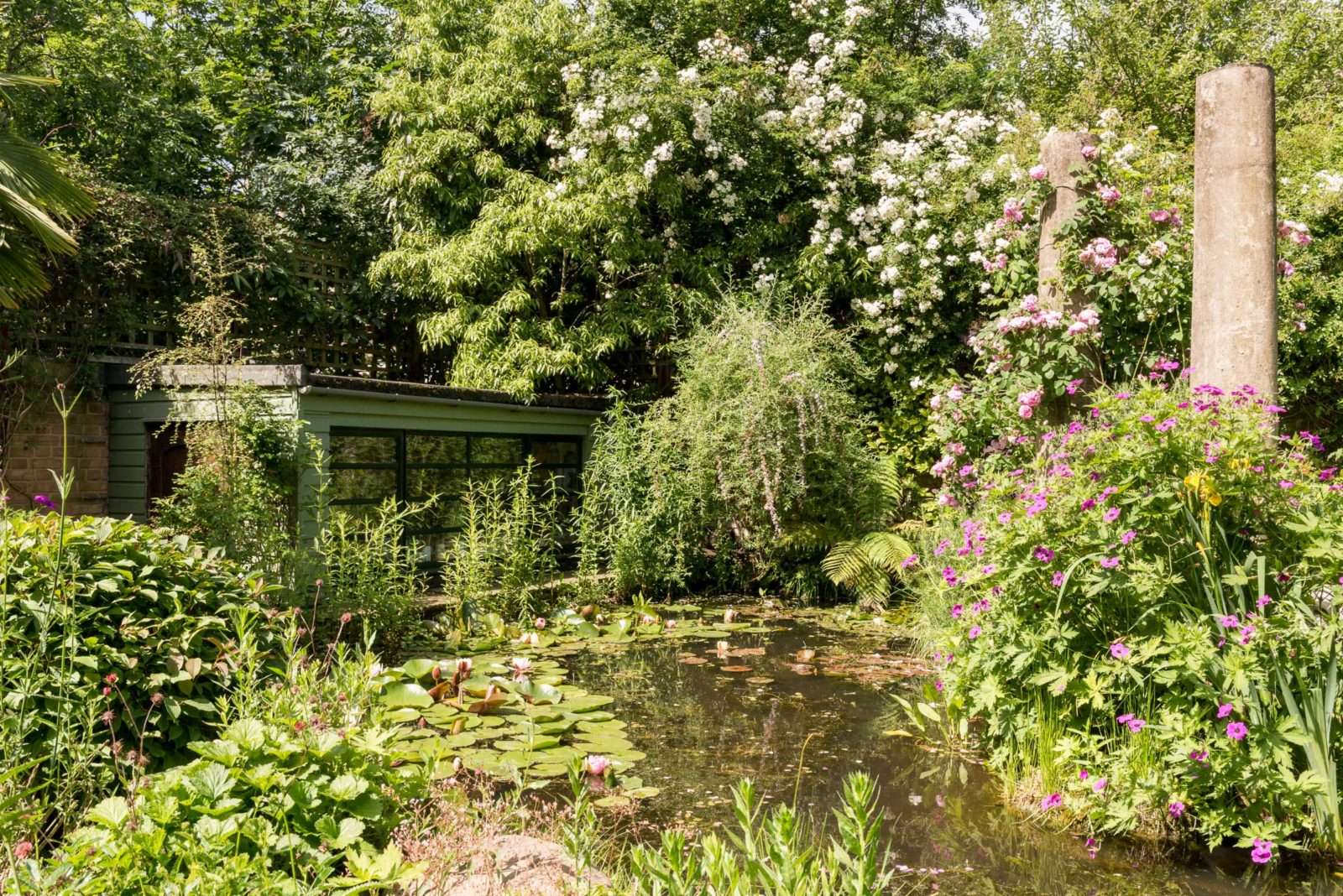
Steer clear of chemicals
Horticulturalists and agriculturists have been using pesticides and chemical fertilisers for decades, which are not only incredibly toxic but they can affect non-targeted species too, including plants, animals and even people. But for Alfie, whose business is pesticide-free, “It’s all about making sure you aren’t destroying the soil and all the micro-organisms in it. The runoff from chemicals can also end up in the water systems around you,” he explains. “It damages the fish and can also increase algae to a high level, which is bad for the land.”
What’s the alternative? “Pests aren’t all bad if you have a diverse system that can handle them,” he replies. “Create an environment that encourages insects that eat them,” such as lacewing and ladybirds, whose diet includes greenflies and aphids. That way they become part of the ecosystem. “Well weeded beds should also keep them away too.” Camila agrees (Wolves Lane Flower Company is also proudly pesticide-free) and suggests biological controls, such as nematodes and larvae, to help tackle pests. “If you avoid using pesticides and allow a natural predatory system to operate in your garden, nature will start to do the work for you.” But “be vigilant,” she warns. “You must stay ahead of the problem. This means looking at your growing space daily and noticing if plants are struggling.”

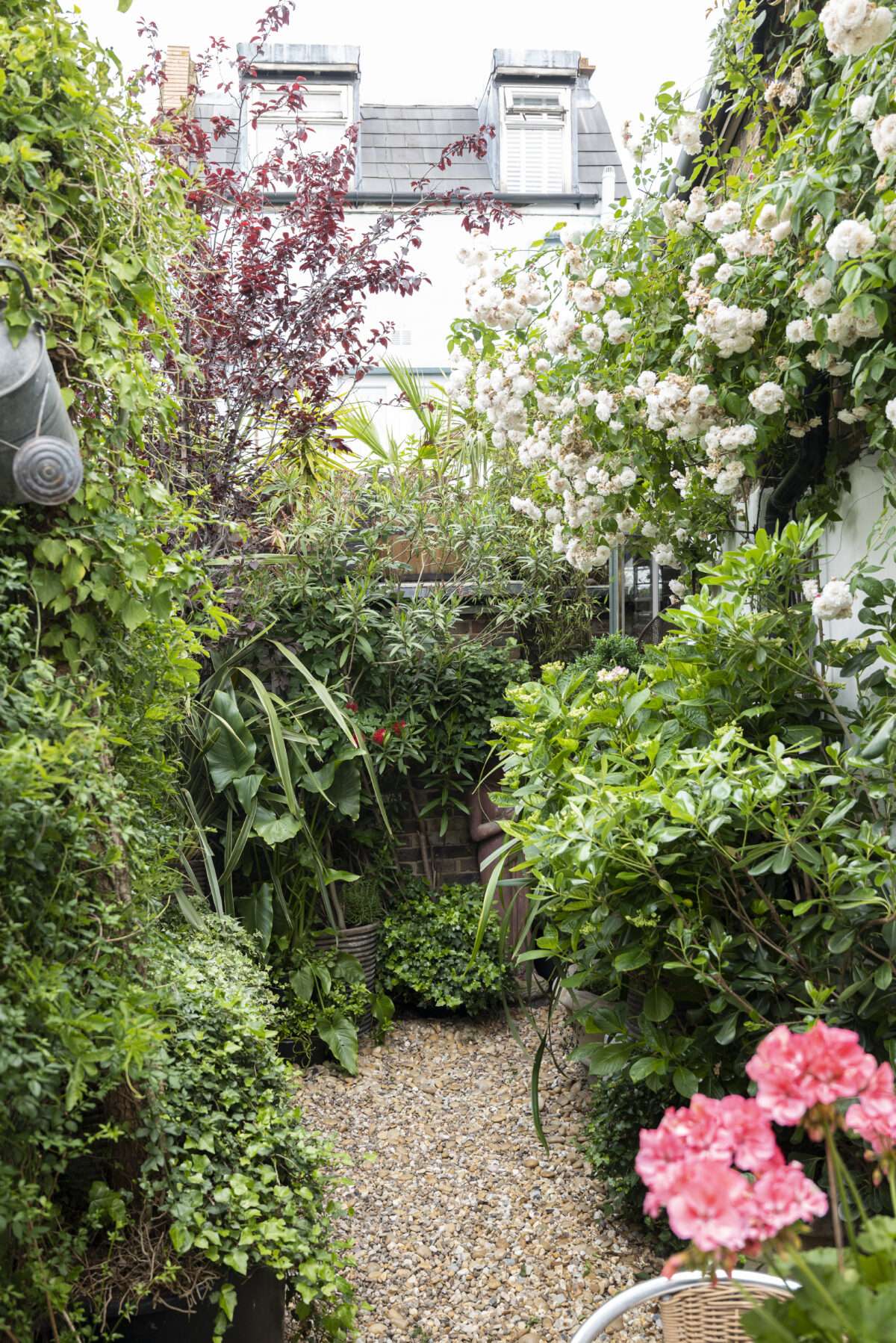
Flower power
“I used to think that flowers were extra frills that weren’t very practical, and that as a grower I should focus on edible things,” says Poppy. “But they draw people and pollinators to a space.” According to a study conducted by the US Department of Agriculture, 75 per cent of the world’s flowers and 35 per cent of food crops depend on pollinators. Birds, bees, butterflies and beetles all feed off nectar-rich flowers, such as lavender, fuchsia and thyme – all of which flourish here in the UK.
To grow flowers, of course, you’ll need to begin with seeds. “A lot of mainstream suppliers source them from all over the world,” says Poppy, but she stresses it’s important to find “organic ones, which have been locally produced”. Jess, meanwhile, says “start seed-saving!” This simple method of propagating plants, which involves collecting, drying and then storing seeds in a sealed glass container until you’re ready to use them. (If they are not stored properly they’ll absorb water from humid air and start to germinate.) “It’s one of the most resourceful, cost-effective and sustainable ways of gardening.” And you can swap seeds with your green-fingered friends too. “It’s a lovely way to build a community,” she adds.
Many flowers are in full bloom during the warmer months, but when it does begin to cool, Jess says, “let flowers go to seed and die back naturally.” Leaving them means their debris can provide shelter and nest materials. “One of the joys of gardening in harmony with nature is watching the sculptural changes of flowers throughout their full life.”
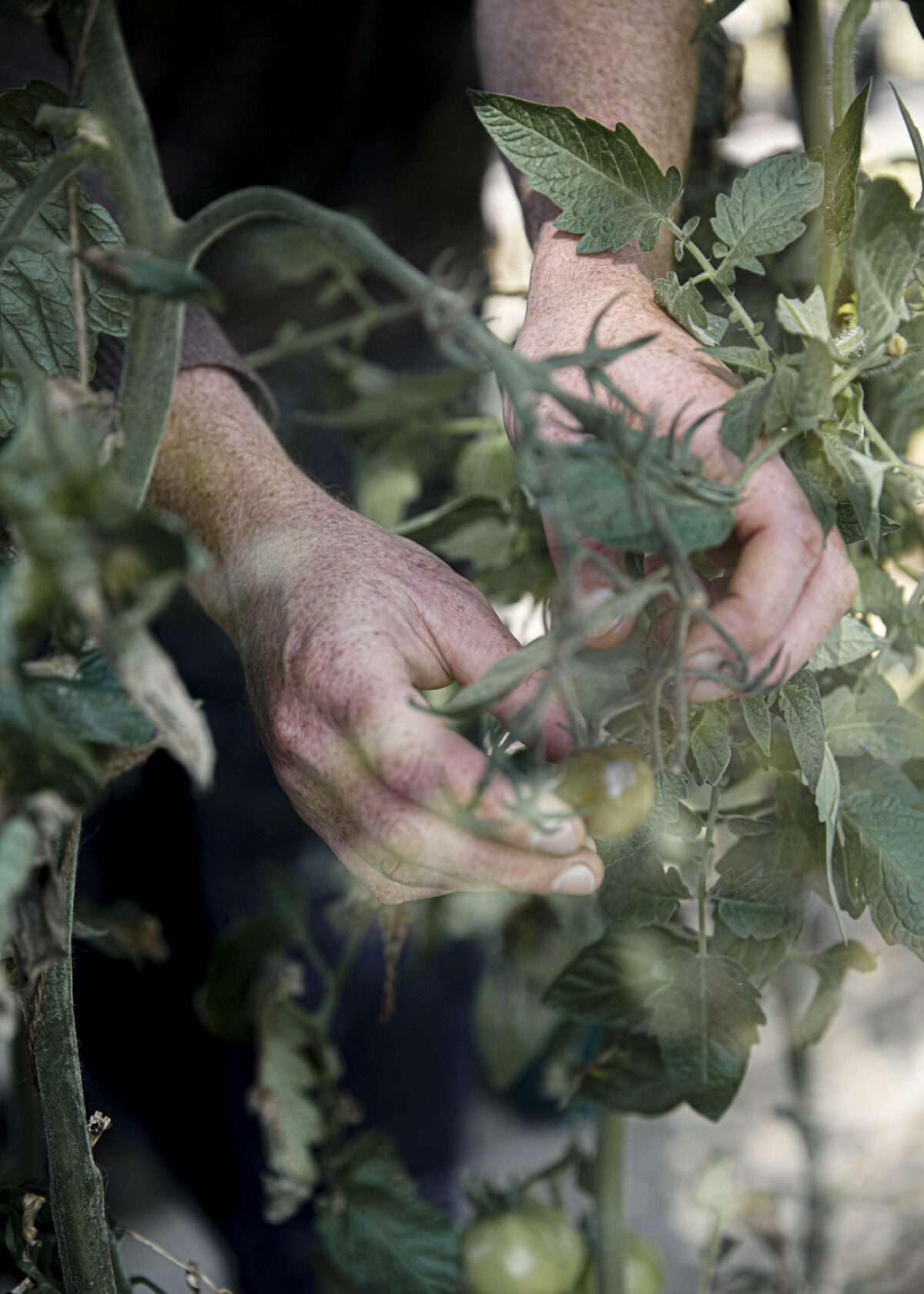

Food for Thought
Growing your own fruit and veg is beneficial for a whole host of reasons. “Self-sufficiency, or at least partially providing one’s own food, is not only cost effective and extremely satisfying, but also nourishing for the soul,” says Jess. “Increasing the time you spend outside is one of the essential pillars of maintaining good mental health.” And, as Poppy points out, “growing your own helps reduce your carbon footprint.”
“Start by assessing the space you’ll be growing. How much moisture, light and wind does it get?” says Poppy. “Choose plants that fare well in those conditions. If you don’t grow the right plant in the right place, it will struggle and then you’ll feel like you’re doing a bad job when it’s not your fault!” Jess’ hot tip for beginners is to start small. “It can get overwhelming, so choose no more than five varieties.” She suggests selecting things that are ornamental as well as edible. “We love nasturtiums for their peppery taste and they self-seed like mad,” she says. Strawberries, rocket, mint and calendula are also great to grow if you don’t have much space, she says, as they have a beautiful scent, appearance and flavour.
“I love the taste of my own veg,” says Alfie, who grows the likes of tomatoes, radicchio and beans. “Being able to eat it within 20 minutes of picking is like nothing else. Growing your own means you plant the varieties you enjoy, which is exciting.” As well as greens, Alfie says he’s “loved planting fruit trees too”. “Although it takes a few years to get your first fruit it has a massive benefit to wildlife.” And, as he puts it so brilliantly: “There’s nothing better in the world than crunching into an apple straight off the tree.”

